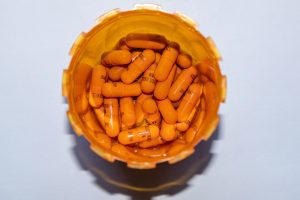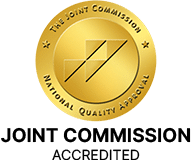

Recognized for excellence in substance abuse and behavioral health treatment by the Joint Commission

Adderall side effects in females
Some Adderall side effects are unique to females, which is why it's essential to understand what these side effects are and what to do if you experience them.
Drug Detox
Drug detoxification (informally, detox) is variously the intervention in a case of physical dependence to a drug; the process and experience of a withdrawal

Even though Adderall effectively treats ADHD, men and women alike can experience a wide range of side effects. However, some...

Why is Hotboxing Dangerous?
Sometimes, it isn’t enough to ingest drugs because some people aren’t satisfied with their experience results. In this case, they...

What is the Fastest-Acting Benzodiazepine?
Benzodiazepines are one of the most potent prescription medications and treat anxiety and panic disorders and sleep-related disorders. They are...

Was Juice WRLD Addicted to Pain Pills?
The rapper Jarad Anthony Higgins, also known by his stage name Juice WRLD, died on December 8, 2019, at around...

Mixing Modafinil With Adderall
Adderall is a brand name for two combined drugs, amphetamine and dextroamphetamine. It is a prescription stimulant medication that is...

Post-Acute Withdrawal Syndrome from Suboxone
There are two main phases of drug and alcohol withdrawal – acute and post-acute withdrawal. Post-acute withdrawal is the second...

What is the Most Euphoric Benzodiazepine?
TL;DR – Ativan is the most is the most euphoric Benzodiazepine. Benzodiazepines are a drug that belongs to a class...

Is Codeine or Tramadol Detox More Painful?
Mixing two opiates is never a good idea, but some users try to take Tramadol and codeine together for a...

How Long Are Benzos Detected in Urine?
Benzodiazepines, also known as benzos, like Xanax and Valium are central nervous system depressants that are used to treat things...

